Kumho Art Hall (금호아트홀)
4.2Km 2021-12-28
Saemunan-ro 76, Jongno-gu, Seúl.
Kumho Art Hall fue fundado exclusivamente para conciertos de música clásica. Se ubica cerca de Gwanghwamun. Con una capacidad para 390 personas, cuenta con una estructura perfecta para conciertos. Todos los asientos son cómodos y el amplio espacio entre las filas de los asientos permite que los espectadores disfruten del espectáculo. También hay asientos portables para discapacitados. El interior del teatro es cómodo y elegante, el escenario está hecho de madera de arce. Se realizan 150 conciertos anualmente, y también se llevan adelante exposiciones de arte en el pabellón principal.
Seonbiok (선비옥)
4.2Km 2021-03-19
32, Jong-ro 17-gil, Jongno-gu, Seoul
+82-2-764-2214
This is a Korean cuisine located in Jongno, Seoul. A restaurant located near Tapgol Park. The best menu at this restaurant is grilled spareribs.
Museo Alive (en Insa-dong) (박물관은 살아있다(인사동점))
4.2Km 2020-11-24
Insadong-gil 12, Jongno-gu, Seúl
+82-2-1544-8506
Con una extensión de más de 1.280 ㎡, el Museo Alive, inaugurado el 6 de marzo de 2014, está situado en Insa-dong, un vecindario conocido por su mezcla de ambientes, tanto históricos como modernos. Las exposiciones incluyen obras de efectos ópticos, objetos artísticos y contenido multimedia, entre otros. Más de 100 piezas está exhibidas en las salas.
Dynamic Maze (en Insa-dong) (다이나믹 메이즈 (서울 인사동점))
4.2Km 2021-03-10
Insadong-gil 12, Jongno-gu, Seúl
Dynamic Maze es una atracción muy divertida recomendada para aquellos que gustan mirar programas de variedades coreanos. Este lugar en particular apareció en el popular programa ‘Running Man’.
Para disfrutar a pleno de su tiempo en el laberinto, asegúrese de guardar todos sus artículos personales (móvil, cámaras, etc.) en un casillero antes de entrar. Diseñado con el concepto de "escapar del laberinto en la ciudad", Dynamic Maze ofrece 16 misiones únicas para cumplir. Las reglas del juego son bastante simples: una vez que entre por las fauces del haechi (animal mitológico coreano), se le irán presentando las misiones de una en una. Deberá encontrar el camino correcto a través de un laberinto de espejos, trepar muros usando una cuerda, gritar por encima de los 100 decibeles y más. El tiempo necesario para cumplir las misiones varía según el grupo, pero el promedio ronda entre 35 y 50 minutos.
Consejo) Dynamic Maze se visita en equipos de al menos dos personas, y el horario de inicio se establece en base al orden de llegada de los participantes. Una vez ingresado un equipo, el siguiente recién podrá hacerlo 10 minutos después, por lo que si la lista de espera se completa para esa tarde, no podrá realizar la experiencia. Ya que las actividades de las misiones exigen mucho movimiento, tanto varones como mujeres deben vestir pantalones.
Librería Kyobo (교보문고)
4.2Km 2021-04-22
Jong-ro 1, Jongno-gu, Seúl.
La librería Kyobo es una librería emblemática de Corea. Se encuentran clasificados por temas aproximadamente 2,3 millones de libros para que todos puedan encontrar el libro que necesitan con facilidad. Este lugar está siempre lleno de gente leyendo y buscando libros. Los fines de semana, personas de todas las edades visitan este lugar. Siendo la librería más grande de Corea, también realiza varios eventos, uno de ellos es el encuentro del público con los autores del “libro del mes”. La librería Kyobo también cuenta con una tienda de productos con personajes animados, una disquería donde podrá comprar y escuchar sus discos favoritos y tienda de artículos de escritorio donde encontrará todo lo que necesita. La sección de libros extranjeros es muy popular, ya que se encuentran variadades de libros escritos en muchos idiomas y puede hacer pedidos de libros que no estén disponibles en el momento.
POPOLARITA (포폴라리타)
4.2Km 2021-03-30
41, Sapyeong-daero 22-gil, Seocho-gu, Seoul
+82-2-593-2340
It is the first Italian restaurant in Seorae Village. The best menu at this restaurant is pasta. This Western dishes restaurant is located in Seocho-gu, Seoul.
Matborae Jeukseok Tteokbokki (맛보래즉석떡볶이)
4.2Km 2021-03-19
9, Insadong, 3-gil, Jongno-gu, Seoul
+82-2-720-4831
A spicy rice cakes specialty restaurant located in Insa-dong, Seoul. The most famous menu is stir-fried rice cake with cheese. Jjajang tteokbokki is also delicious.
Gongpyeongdong Kkomjangeo (공평동꼼장어)
4.2Km 2021-03-26
29, Ujeongguk-ro, Jongno-gu, Seoul
+82-2-738-1769
It is a place where you can eat in the atmosphere of a cart bar that is often featured in Korean dramas. The best menu at this restaurant is grilled sea eel. This Korean dishes restaurant is located in Jongno-gu, Seoul.
Daeseong Hanjeongsik (대성한정식)
4.2Km 2021-03-30
10, Insadong 3-gil, Jongno-gu, Seoul
+82-2-734-4407
It is a hidden famous restaurant in Insa-dong. The best menu at this restaurant is soy sauce marinated crab set menu. This Korean table d'hote restaurant is located in Jongno-gu, Seoul.
Centro de Arte Chungmu (충무아트센터)
4.2Km 2021-07-16
Toegye-ro 387, Jung-gu, Seúl
Abierto el 25 de marzo de 2005, el Centro de Arte Chungmu está situado cerca del Dongdaemun History & Culture Park. El centro, operado por la Fundación Cultural de Jung-gu, tiene un gran teatro, con espacio para 1255 personas, y otros dos más, de menor tamaño. Además, posee una galería y un centro de convenciones. La Fundación Cultural de Jung-gu ha hecho un gran esfuerzo para hacer de la zona un lugar creativo para la cultura y el arte. Los visitantes, de cualquier edad, pueden disfrutar y participar en las diferentes actividades culturales del centro.
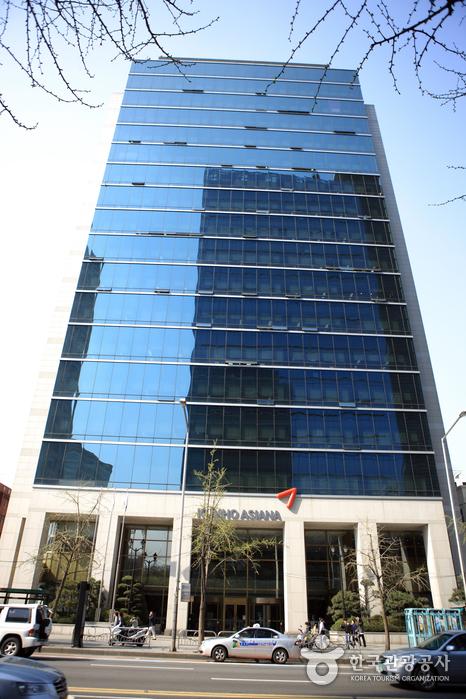
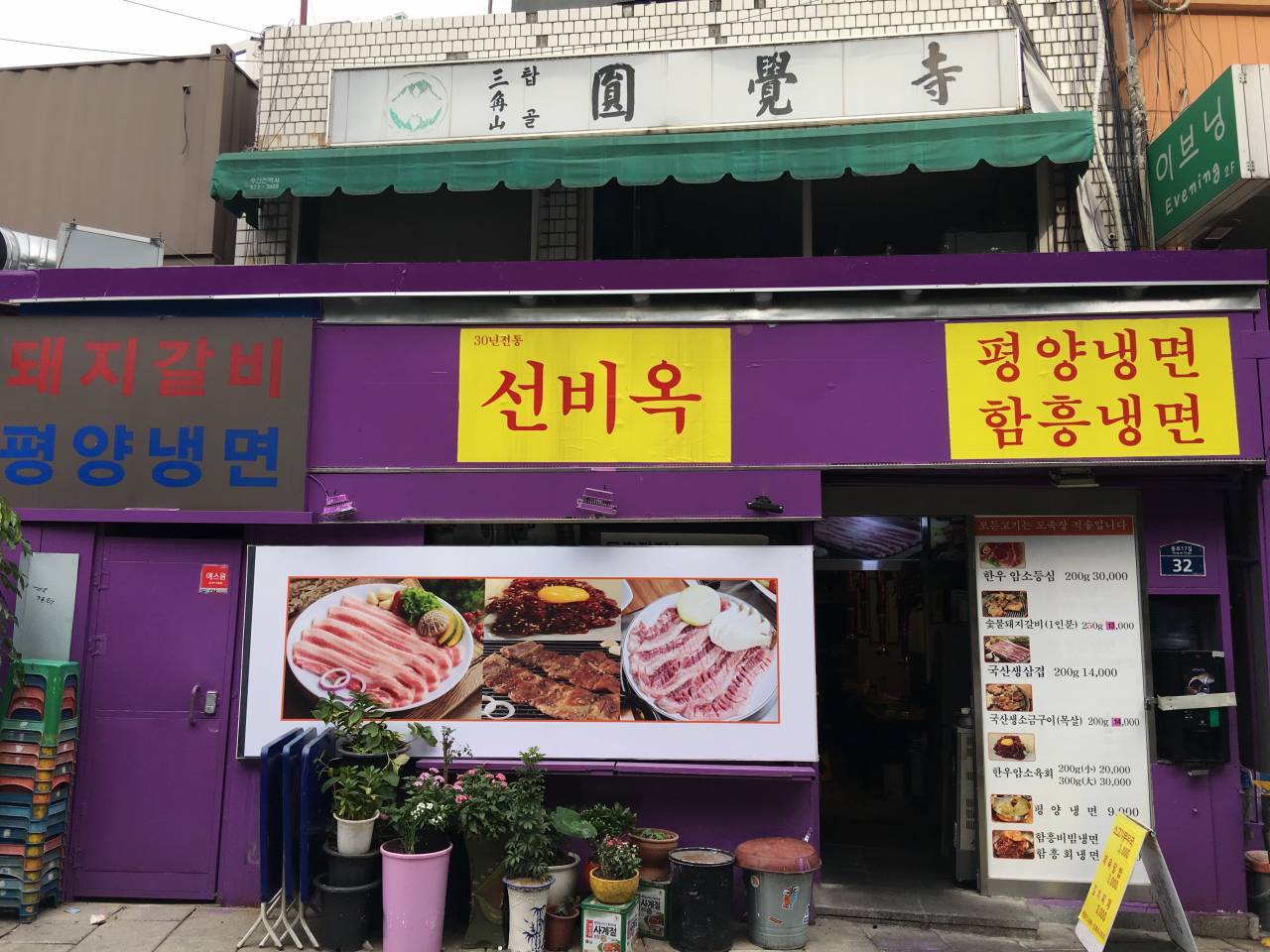
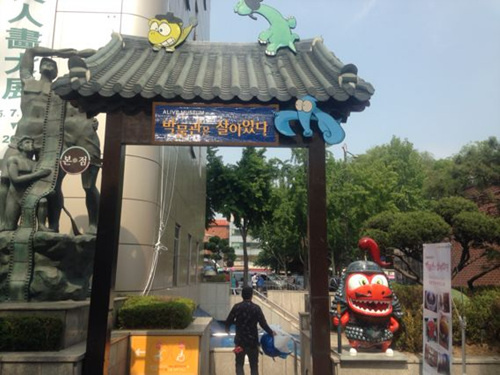

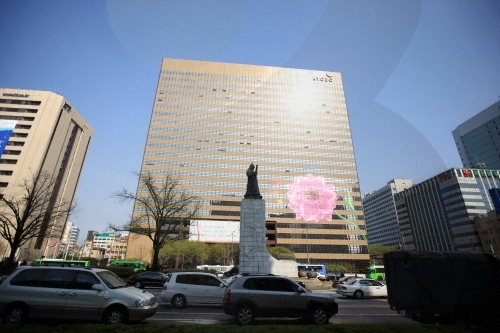
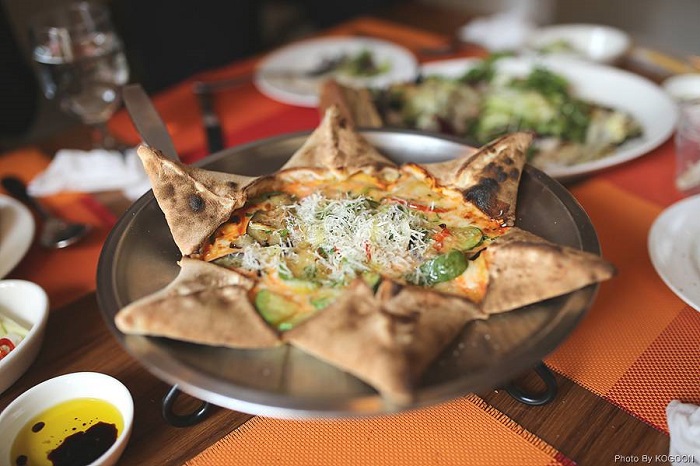
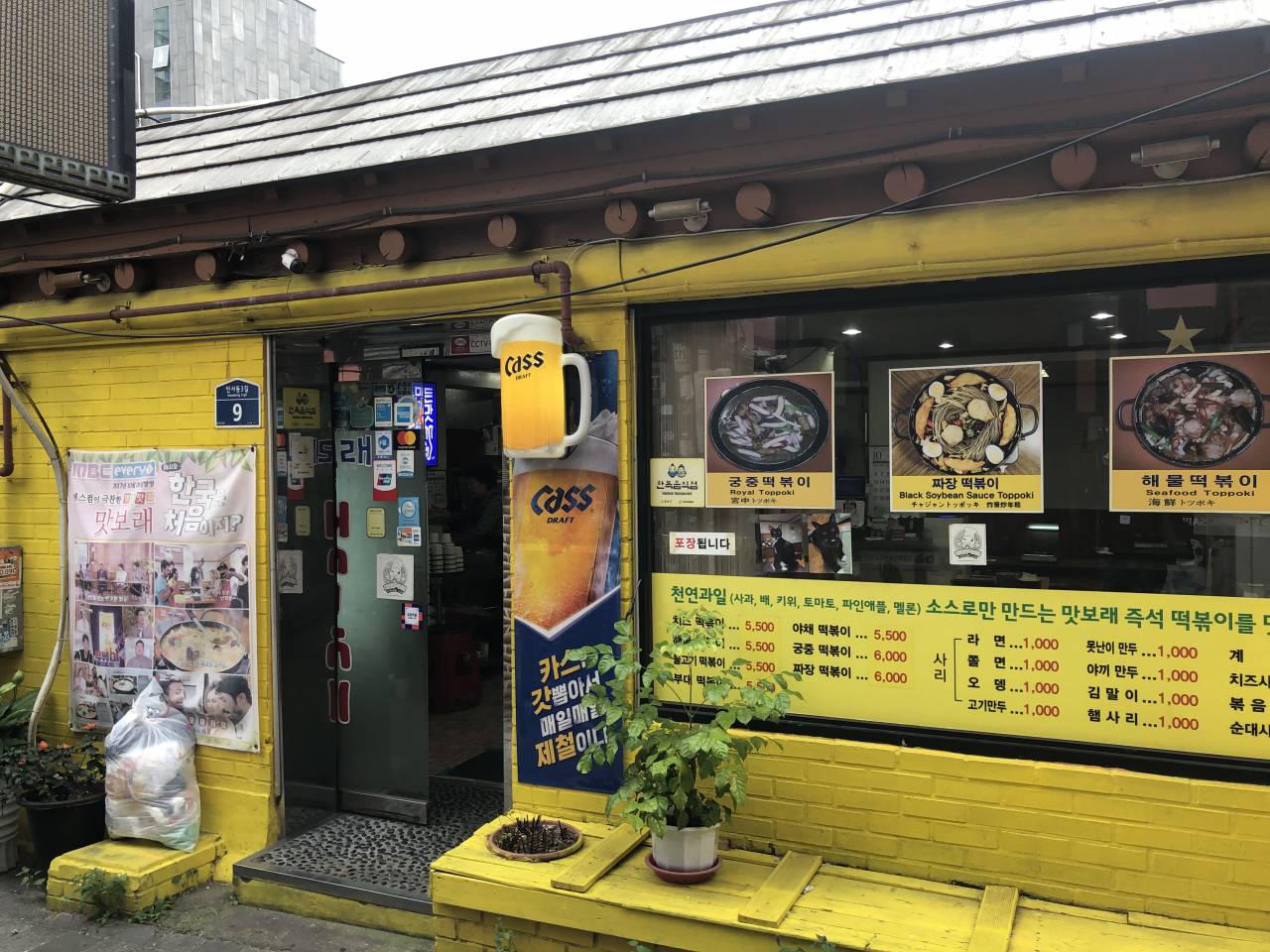
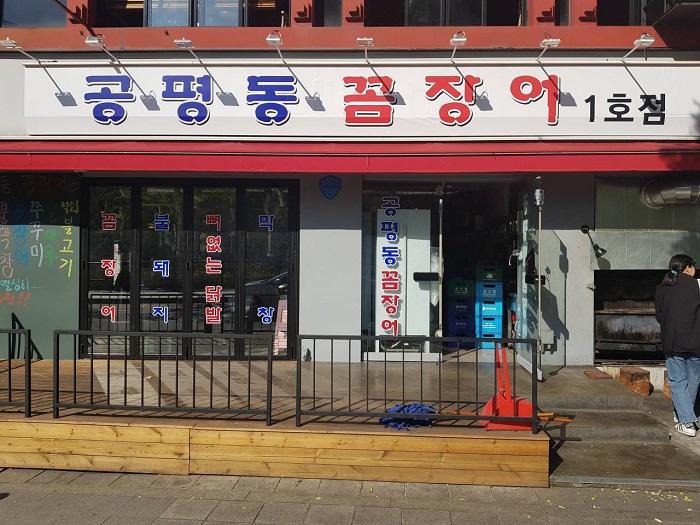
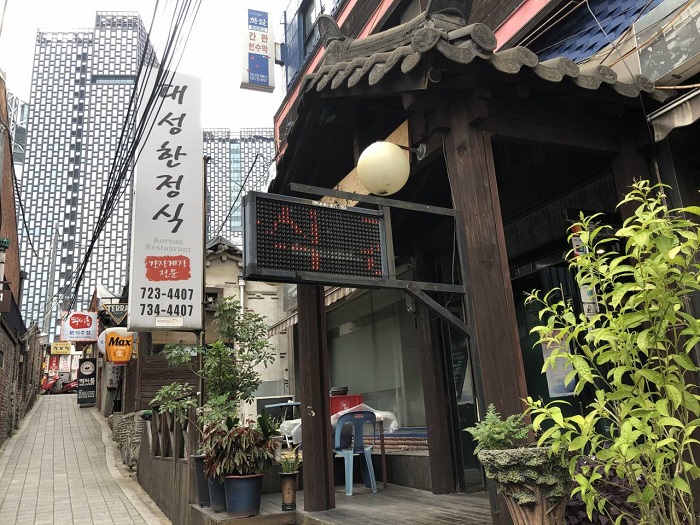
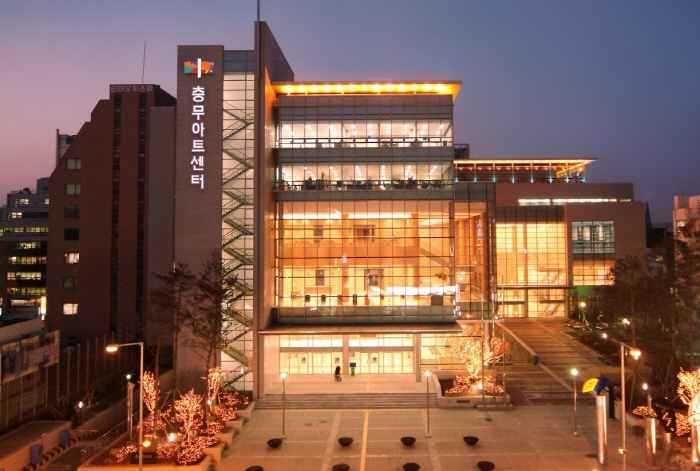
 Español
Español
 한국어
한국어 English
English 日本語
日本語 中文(简体)
中文(简体) Deutsch
Deutsch Français
Français Русский
Русский